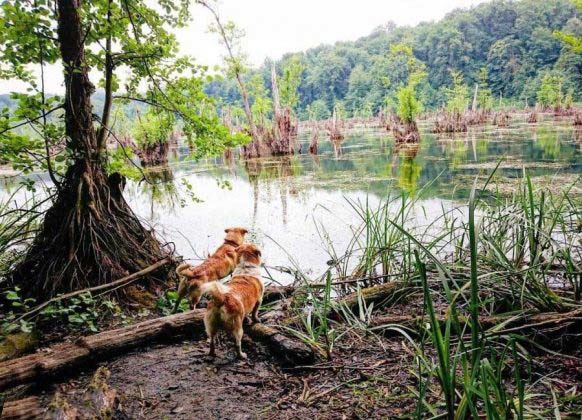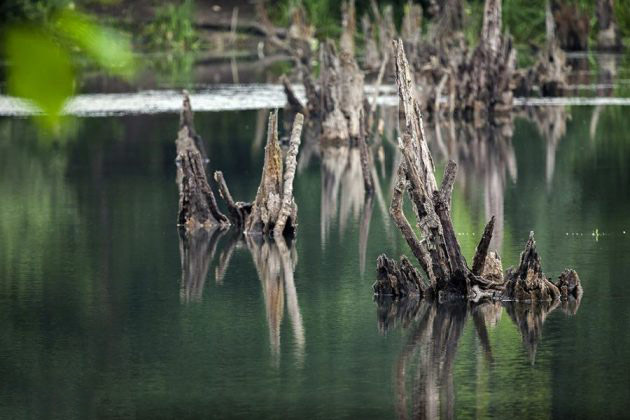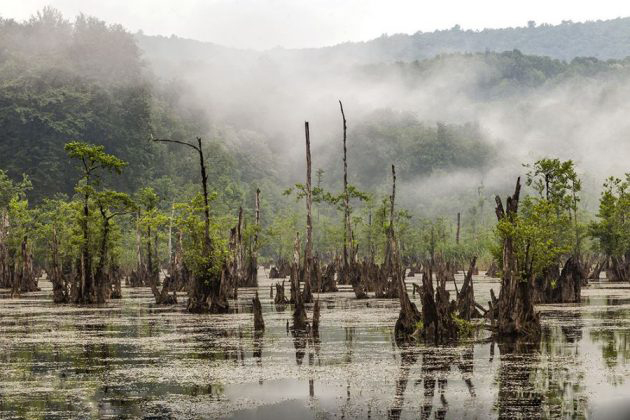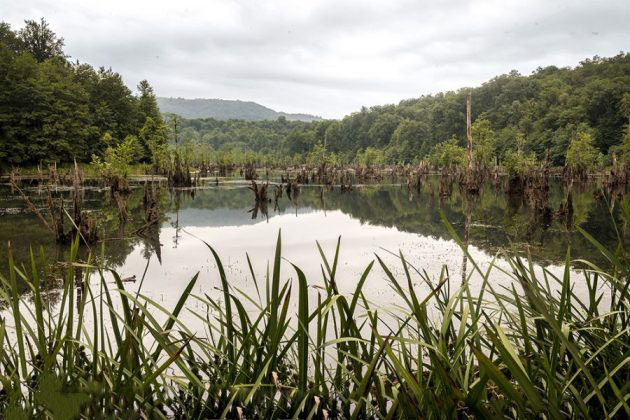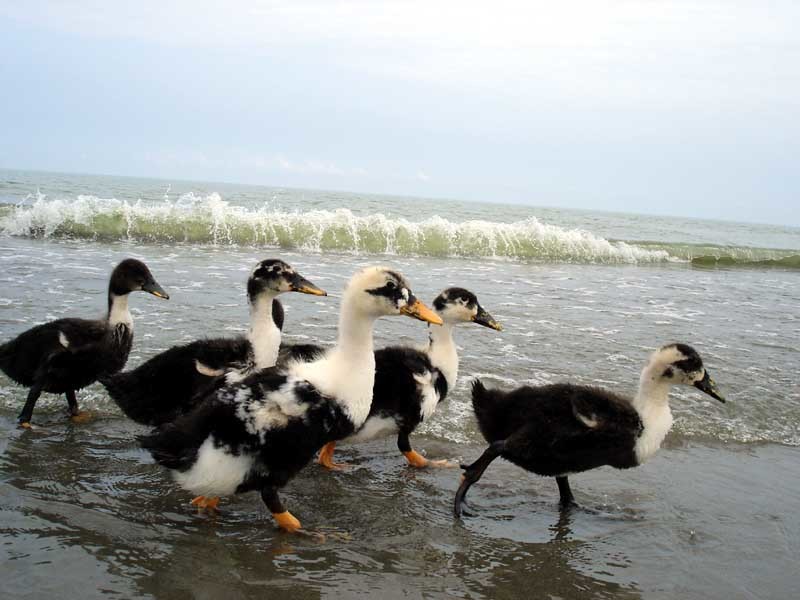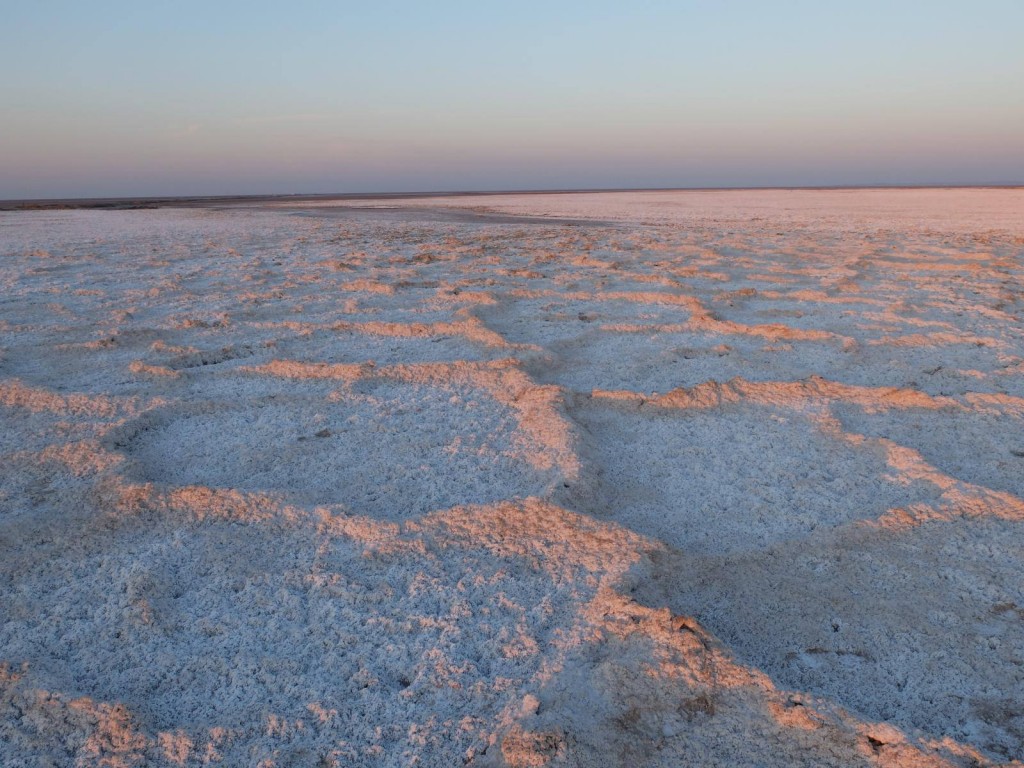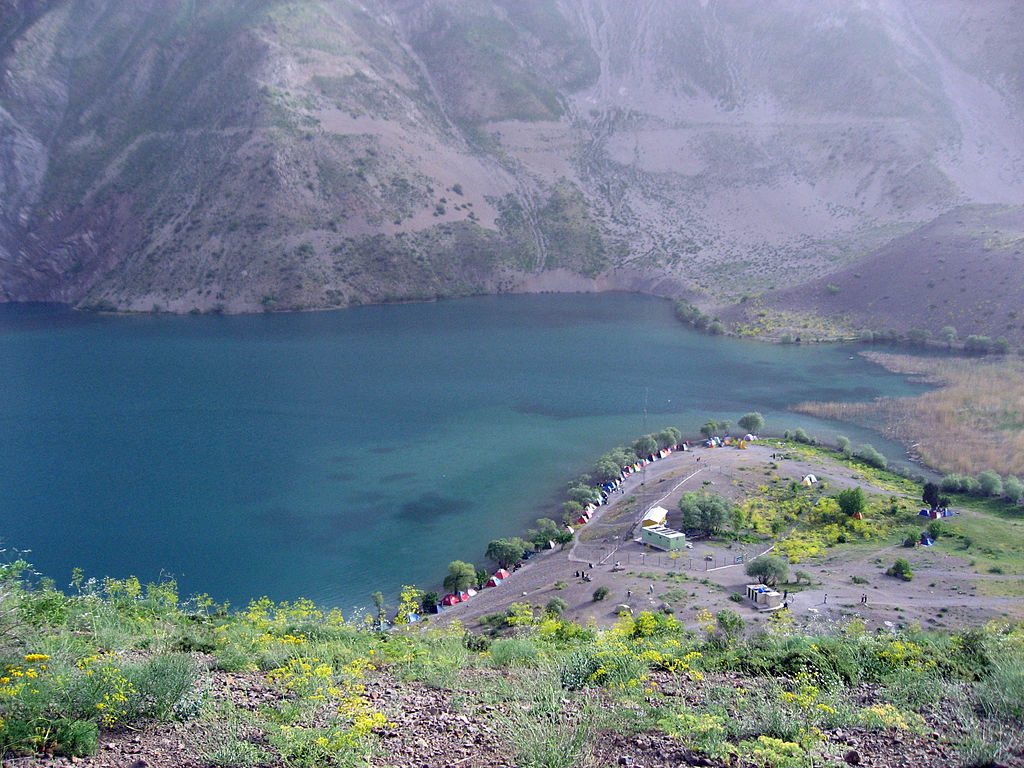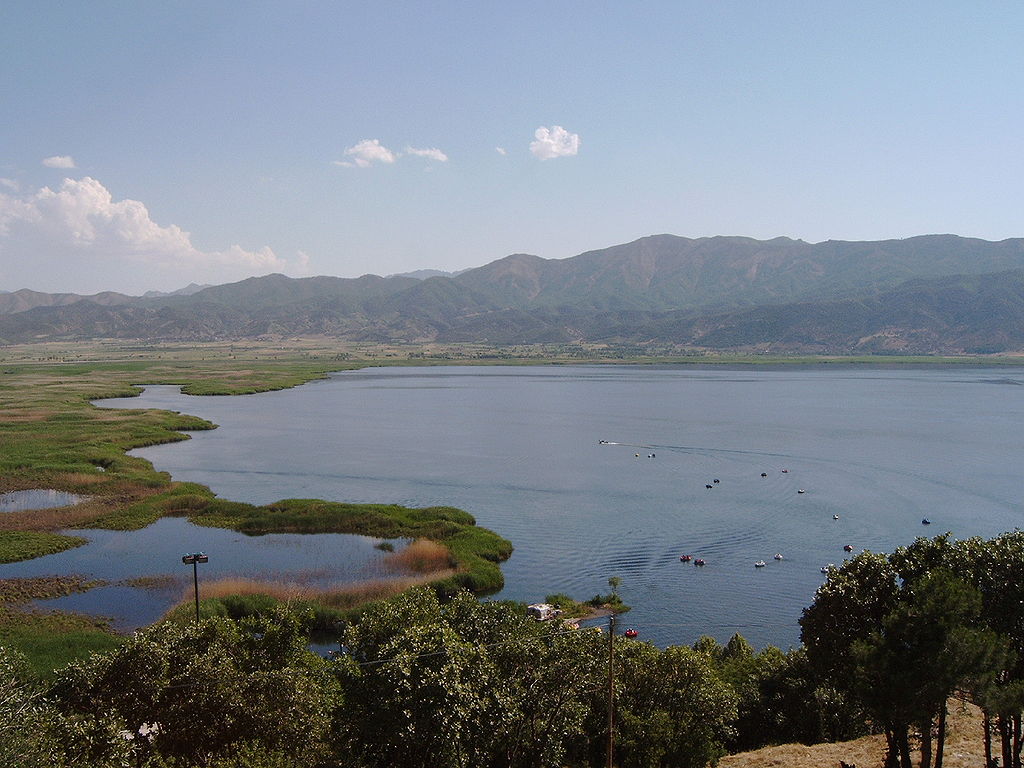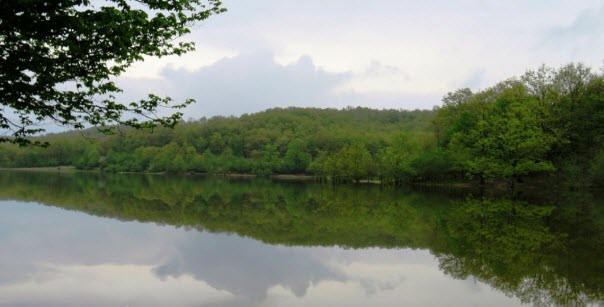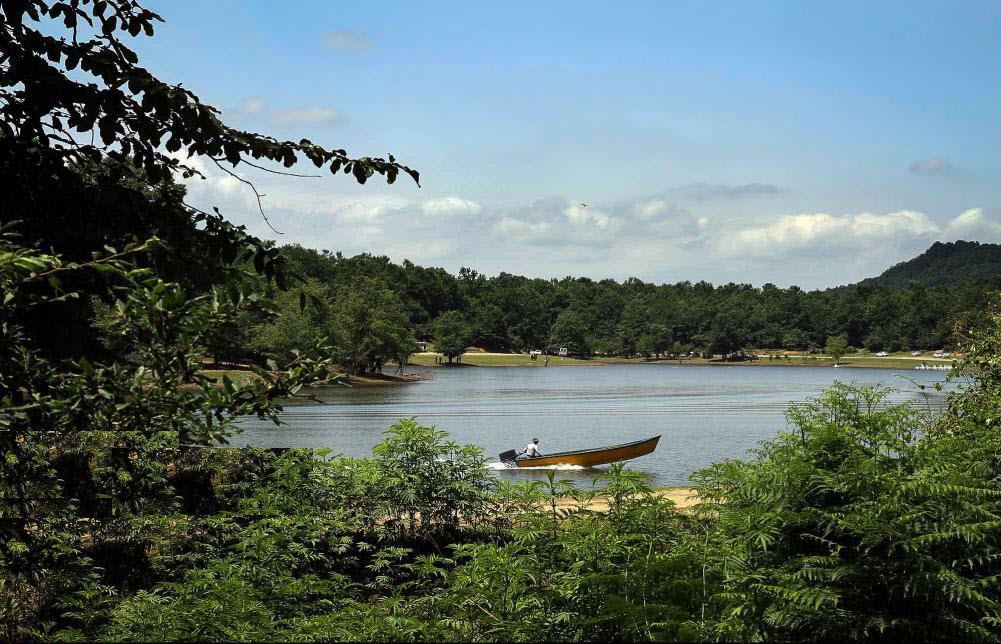Aran and Bidgol
Aran va Bidgol is a city close to Kashan. It took shape after the destruction of Sialk civilization. It was built as one of the forty-fence castles (Kashan old name). The word Aran is driven from Arian (Aria tribe). According to another narrative it is driven from the name of one of the pre Islamic respectable man, Aran ibn Ghasan. And the word Bidgol is the variation of Bibi Gol, Mogul commander’s daughter. Aranies people speak in farsi with accent. Imamzadeh Halal is the most important historical and cultural symbol of the city.
Maranjab Desert
The dazzling desert is stretched endlessly in north east of Aran va Bidgol covered by eye catching sand dunes, flowing sands and Haloxylons. Its approximately 850 meters above sea level and has hot-dry climate. Not being so fruitless, it has its own flora and fauna such as tamarix and Zygophyllum, fox, Jackal, Rüppell’s fox, hyena, sand cat, Monitor lizard, Chameleons, lizard, snake, Scorpion, See-see partridge and falcon. In Maranjab desert two North and Shahriari winds are desirable and the others like Khorasan, Qebla, black wind and Tire Lovar are viewed as notorious ones.
Salt Lake
stunning, enchanting, unique and economically vital in the region, Salt Lake is one of the most beautiful landscapes in desert. It is the result of centuries of salt deposit, carried by salty water of rivers and floods. its approximate expanse (2400 Km) alters depending on water debit and periodic seasonal rainfalls. Due to precipitation and evapotranspiration, dazzling white salt crystal polygons surround lake bank’s surface.
Maranjab caravanserai
Dating back to Safavid era, Maranjab caravanserai, 810 m above sea level, is located 50Km from Aran va Bidgol. In north its bordering Black Mountain range. Maranjab caravansary is situated on one of silk roadside roads, built under Shah Abbas command in 1604 in order to secure the transition of goods from China to Europe and domestic caravans who traveled from Khorasan to Isfahan (Safavid Capital) and Ray.
Due to the importance of the route and military and defensive role of the caravanserai, the roof, walls and watch out towers are built like a castle. It’s built of brick and consisted of rooms, stables, and King’s special place which are surrounding the central yard.
Drinking water from Qanat has formed a tiny pool surrounded by tall green trees right before the colossal structure. This rare confrontation of water and land, light and shadow, heat and cool weather opens a wondering landscape before desert goers’ eyes. That’s why a quotation regarding the name “Maranjab” sounds believable. “do not be hurt due to heat, wind and dust of desert, water pool and desirable shadow of trees awaits you.
Wander Island
Wander island, with 808 M height in highest point, is a vegetation free hill made of volcanic rock located inside Salt Lake. The island is wandered because it looks endless from either side at long distance due to extreme heat, light breakdown and eye mistake. Based on an old belief this island has been moving constantly. Wander island is a mysterious beauty of Salt Lake from top of which mesmerizing sun rise and sun set leave you speechless.
Handmade well
Handmade well along with other caravansary’s ruins, located in east, 4Km from Maranjab caravansary. It was a resort for caravans commuting the route before Maranjab caravansary was built. Despite bordering Iran’s biggest salt marsh, surprisingly, its water is drinkable. The water is high enough and so close to the well mouse (about 2 meters deep), that the name sounds logical.
Dunes and pebbles
Dunes are sandy hills formed as a result of soil erosion, lack of rain and vegetation. They take different shapes with the wind direction such as curve and sword-like. situated in east, 12Km from caravansary, Band-e Rig starts from dunes’ west bank and continues to far east. A combination of growing green plants on brown sandy context bordering blue sky, creates dazzling beauty. On the dune’s side roads located on a two-way intersection, there is a steep uphill called Khatab shekan by locals. Khatab is part of the camel saddle and it breaks most of the time due to heaviness and high pressure of climbing steep hills in the area.

